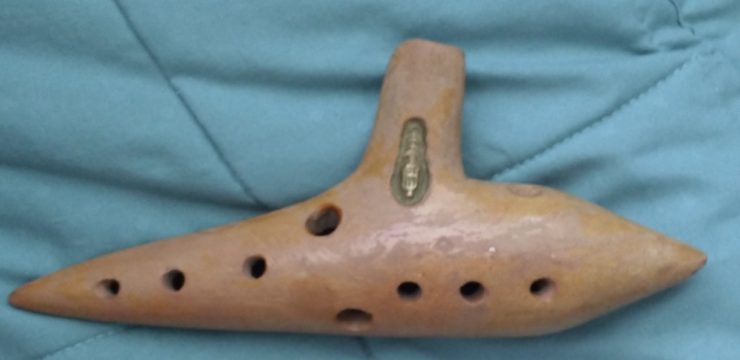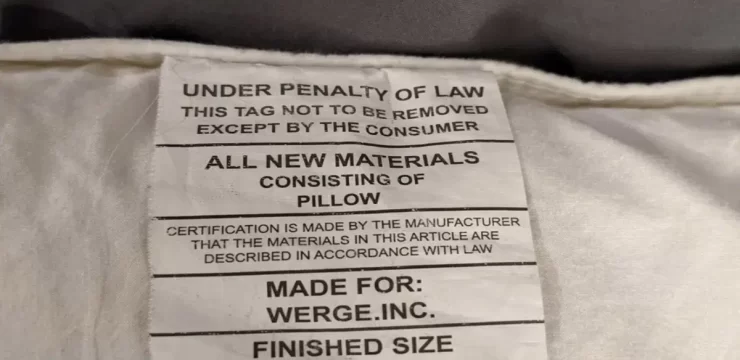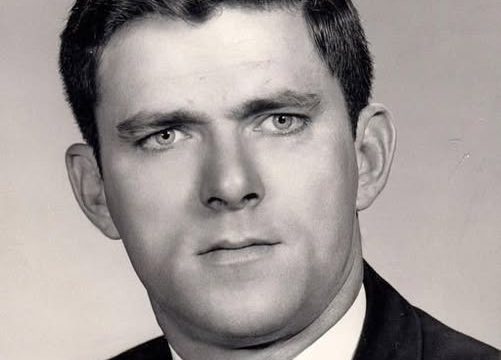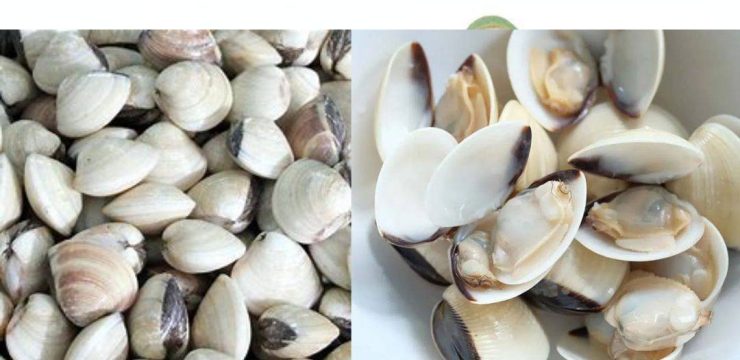When we think about the things that keep us safe while driving, our minds usually jump to seat belts, airbags, and advanced braking systems, but there’s another small but crucial feature that often goes unnoticed—the metal rods inside car headrests. These simple-looking metal sticks play an important role in both comfort and safety, yet most people go their whole lives without realizing what they’re actually for.
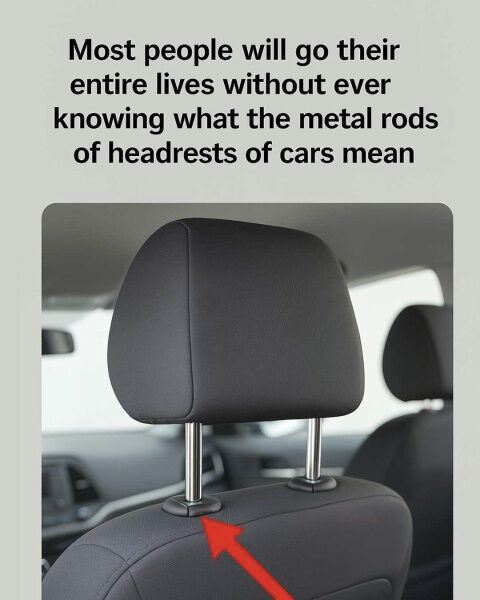
So today, let’s take a closer look at these unsung heroes of car safety, exploring what they do, how they’re made, and why they’re such an essential part of modern vehicles. The main job of the metal rods in headrests is to help adjust the height of the headrest so that it can support passengers of different heights properly, offering both comfort and critical protection against neck injuries during accidents, especially rear-end collisions where whiplash is a major concern. Thanks to these rods, you can move the headrest up or down to make sure it’s aligned with the back of your head, reducing the risk of your head snapping backward too far during an impact.
The rods also provide the strength needed to hold the headrest firmly in place during everyday driving and, more importantly, during the intense forces of a crash. Over time, the design and manufacturing of headrest rods have evolved significantly; early cars didn’t even include headrests, but as safety standards improved, it became clear that headrests needed to be a standard feature, and that they needed to be adjustable and durable. Early versions were basic and functional, but today’s headrest rods are stronger, more durable, and easier to adjust, designed to work with a wide variety of vehicles and meet strict safety regulations.
The way these rods enhance safety is pretty straightforward but incredibly important; by keeping the headrest in the right position, they help protect passengers from the sudden jerking motion that can occur during a rear-end collision, which can cause serious whiplash injuries. Additionally, because they are securely anchored into the seat structure, the rods ensure that the headrest won’t detach or collapse under force, providing reliable protection when it’s needed most. A lot of people misunderstand the purpose of these rods, thinking they’re mainly there for looks or to allow the headrest to be removed easily for cleaning, and while it’s true that you can sometimes take the headrest out, their primary role is all about safety. Another thing people might not realize is that not all headrest designs are exactly the same; depending on the car model, the rods can have slightly different shapes, locking mechanisms, or adjustment methods, but the basic safety principle remains consistent.
There are several key reasons why metal rods are such an important part of headrest design: they provide strong support that keeps the headrest firmly in place during both regular driving and accidents, they allow for easy adjustment to fit different passengers, they prevent the head from moving back dangerously far during a crash, they often feature built-in locks to deter theft by making the headrest difficult to remove without proper tools, they make manufacturing easier by offering a standardized solution that works across different car models, and they help ensure compliance with vehicle safety regulations that require headrests to be adjustable and strong enough to protect passengers effectively. Even though they’re easy to overlook, these small metal rods are a testament to how much thought and engineering goes into making modern vehicles as safe as possible. They serve as a reminder that even the parts of a car we rarely think about have a big impact on our safety. Knowing what these rods do can help drivers better understand the importance of properly adjusting their headrests before hitting the road, and it highlights that in the world of automotive safety, every little detail matters, right down to those simple-looking sticks hidden inside your seat.

